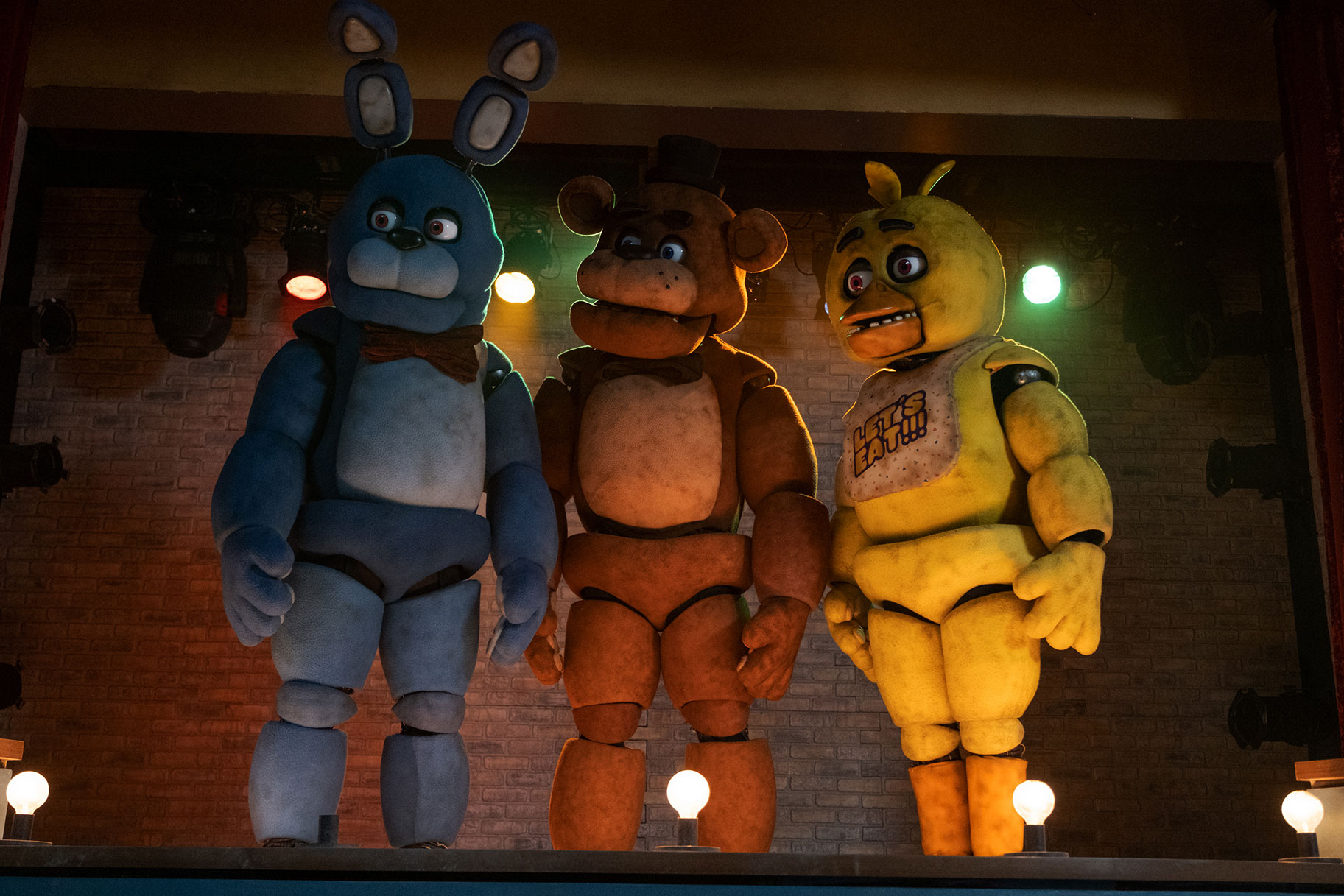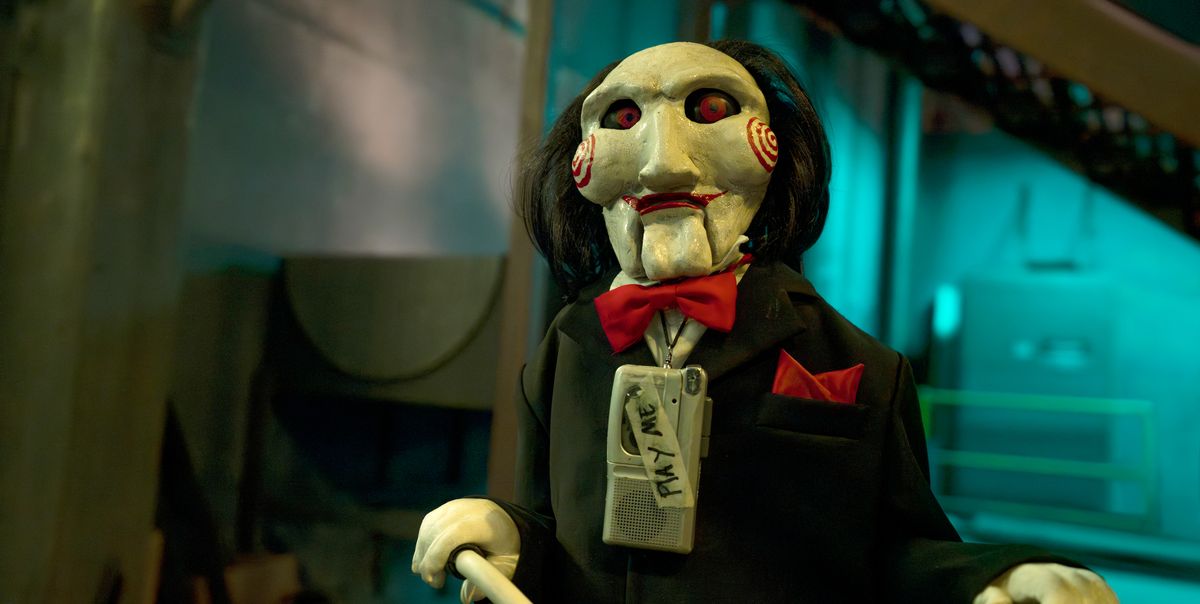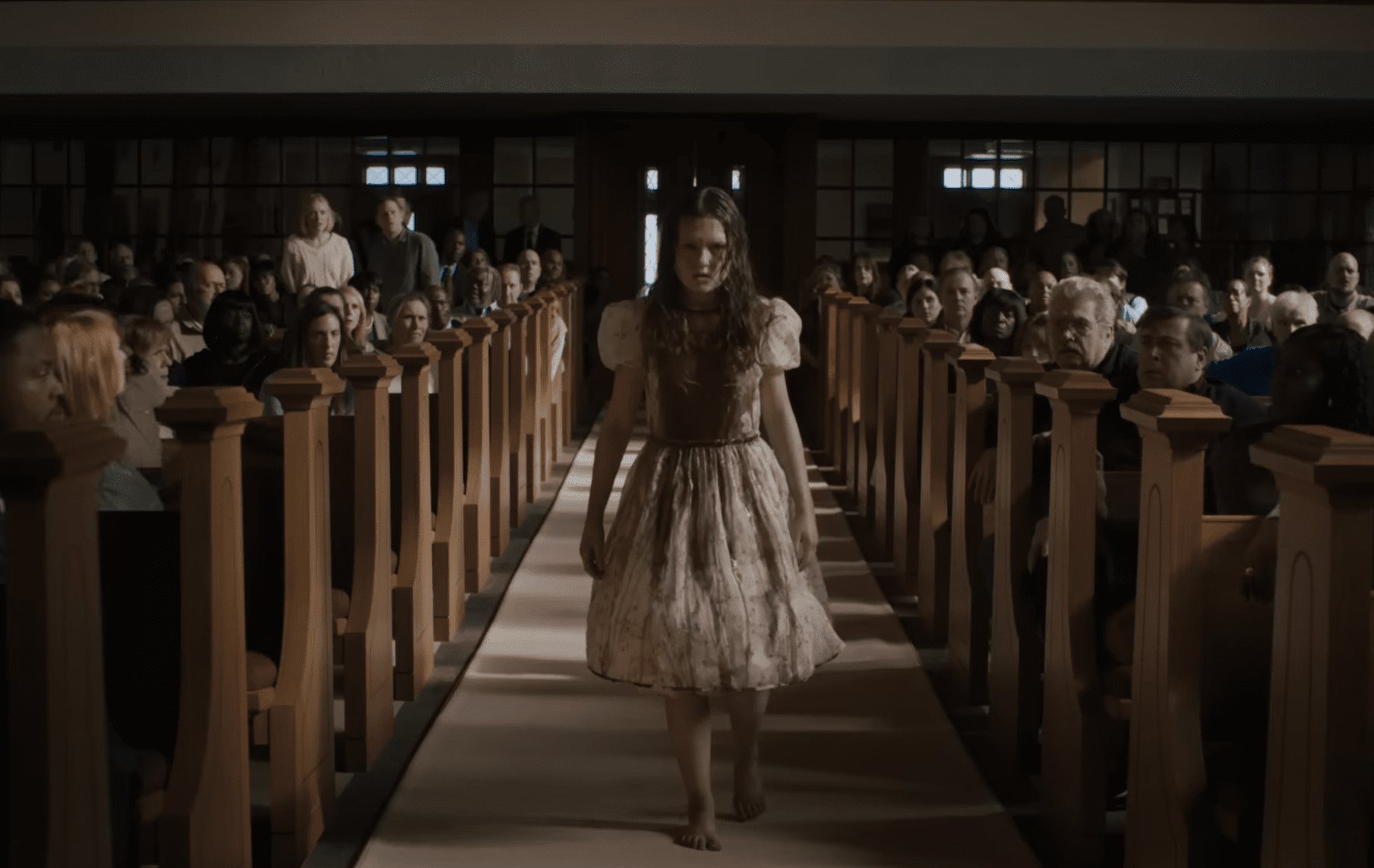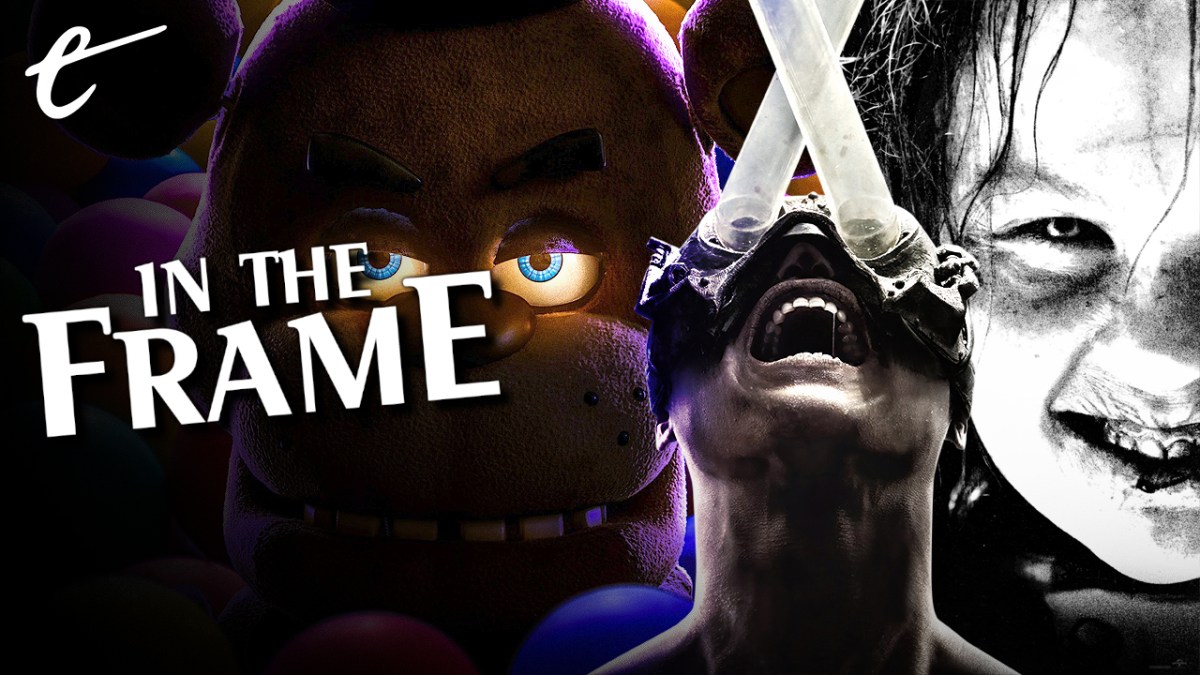Horror has always been a sure bet for Hollywood, and that seems truer now more than ever.
Any cinemagoer knows that the trailers are often a highlight of the theatrical experience. Over the past few months, audiences have undoubtedly seen trailers for would-be blockbusters and awards fare like The Creator, Napoleon, Killers of the Flower Moon, Aquaman and the Lost Kingdom, and Wonka, all opening before Christmas. Even allowing for the migration of titles like Dune: Part Two, Kraven the Hunter, or Challengers into next year, there are some big titles looming.
However, viewers will also have noted an abundance of trailers for horror and horror-adjacent films. The Nun II has already debuted to $88 million. Last weekend saw the release of Kenneth Branagh’s A Haunting in Venice, which blended a whodunit mystery with classic Hammer horror trappings. However, there are a number of long-running horror franchises with releases on the cards. Next week will see the release of Saw X. The week after will mark the release of The Exorcist: Believer.
This is to say nothing of smaller indie titles like It Lives Inside. The market is so packed that Five Nights at Freddy’s, the adaptation of the beloved video game, is opening literally four days before Halloween. The horror boom stretches beyond Halloween, with Thanksgiving opening mid-November. There are also notable streaming titles lined up over the next few weeks, such as No One Will Save You on Hulu, Pet Sematary: Bloodlines on Paramount+, and Totally Killer on Amazon Prime.
Of course, these sorts of movies are to be expected. Summer is over, Halloween is the next major holiday. These sorts of movies have always tended to congregate around these months. Still, there is something different about this particular release corridor. While these sorts of horror films are not unusual in themselves, they are traditionally accompanied by awards season or blockbuster counterprogramming, whether in limited or wide release.

For example, last October saw a number of major horror releases, including Terrifier 2, Halloween Ends, and Prey for the Devil. However, these were counterbalanced by the wide release of Amsterdam, Lyle, Lyle, Crocodile, Black Adam, Ticket to Paradise, and Till, along with limited runs for Tár, Decision to Leave, Triangle of Sadness, and All Quiet on the Western Front. As such, there is something quite different about this stretch of the release calendar this year.
This year, Hollywood is in the midst of a protracted and historic labor dispute that has left the next few months only sparsely populated. Actors are unable to do promotional press for upcoming releases, which makes it hard for studios to market movies. Many of this year’s major contenders, such as Poor Things and The Zone of Interest, have staked out late release dates. The implication seems to be that these films are hoping that the strike can resolve itself before the eligibility window closes.
This October, leaving aside Taylor Swift’s self-distributed concert movie, most of the big non-horror theatrical releases are awards-qualifying runs from streaming services that don’t care about the traditional model. Amazon is releasing The Burial and Foe. Netflix is releasing The Killer. Apple is releasing Killers of the Flower Moon. That said, there is some sense that Apple’s distribution partner, Paramount, is bullish about the box office potential of Killers of the Flower Moon in a marketplace where Oppenheimer could gross over $900 million.
The result of all of this is a reminder of how much Hollywood depends on horror. The genre is consistently reliable. This year alone, Insidious: The Red Door earned $188 million, M3gan took home $180 million, Scream VI grossed $169 million, and Evil Dead Rise returned $147 million. At time of print, these are all among the top 25 earners of the year at the global box office, ahead of more expensive would-be blockbusters like Shazam! Fury of the Gods, Blue Beetle, Haunted Mansion, and Gran Turismo.
Of course, there may be a cold logic at play here. Studios can push movies like Dune: Part Two or Kraven the Hunter a few months from Fall to Spring or Summer, but they’d probably have to sit on Saw X or The Exorcist: Believer until next September and October. More than that, given that horror movies typically have shorter production and postproduction schedules, those delayed releases would inevitably come out in an even more crowded Halloween market the following year.

Beyond that, horror movies are generally less dependent on star power than traditional films. Horror audiences also seem more willing to try films that are not tied to established brands or franchises; last year, Smile was able to power its way to a total of $217 million. It likely helps that horror films are also typically made for lower budgets, reducing the financial risk involved in release and distribution. Combined, these factors explain why these horror films have remained fixed in the release calendar.
With all of this in mind, it’s interesting to note that industry trends seem to be pushing horror movies towards the logic of other major intellectual property. The Nun II is part of the Conjuring Universe, arguably Hollywood’s second most successful shared universe. Saw X has made a big deal of the return of original franchise star Tobin Bell as villain John Kramer, with director Kevin Greutert promising that Kramer is in Saw X “more than in any other Saw.”
However, The Exorcist: Believer might be the most obvious and high stakes example of this trend. The movie is a nostalgic “requel” to William Friedkin’s The Exorcist, with Ellen Burstyn reprising her Academy-Award-nominated role. It’s an attempt to erase the audience’s memories of decades of subpar sequels, treating The Exorcist as a major blockbuster franchise. Director David Gordon Green is already working on two sequels to complete a trilogy.
Green is employing the same technique that he used to revitalize the Halloween franchise in 2018. To put it simply, Halloween adopted a nostalgic approach akin to that used by Star Wars: The Force Awakens. It brought back Jamie Lee Curtis as Laurie Strode and Nick Castle as the Shape. Green treated the film as something close to a prestige piece, affording it a shine and polish that distinguished it from most late entries in long-running slasher franchises.
Green’s Halloween was a departure for studio Blumhouse, notorious for its low budgets. Owner Jason Blum historically tended not to greenlight movies with budgets over $5 million. However, Halloween had a production budget of $10 million with a global publicity spend of $75 million. The film was a massive commercial success, and analysts pointed to it as the mascot of a “new era of blockbuster horror.” The budget on the sequels ballooned, with Halloween Ends costing $33 million, not including marketing.

Green’s Halloween has exerted a clear influence on other major horror franchises, although not always in terms of budget. David Blue Garcia’s recent Texas Chainsaw Massacre film brought back the final girl Sally Hardesty, now played by Olwen Fouéré instead of Marilyn Burns, who had passed away in 2014. Matt Bettinelli-Olpin and Tyler Gillett’s two recent Scream sequels embraced the same nostalgic tone as Green’s first Halloween movie, leaving them feeling strangely bloodless.
As such, horror franchises are beginning to look a lot more like other blockbuster franchises. Universal and Blumhouse have a lot riding on The Exorcist: Believer, with Universal and its streaming subsidiary Peacock reportedly paying more than $400 million to secure the intellectual rights. Although Blumhouse itself is insulated from these costs, Blum has described The Exorcist: Believer as “the riskiest movie [he has] ever made for sure.”
Interestingly, The Exorcist: Believer is tracking remarkably well, particularly among young women, which may explain why it was so eager to avoid direct competition with Taylor Swift. With a dearth of competition, a recognizable brand name, an Oscar-winning lead actor in Ellen Burstyn, and an Oscar-nominated supporting actor in Leslie Odom Jr., it doesn’t seem impossible for The Exorcist: Believer to overperform in the weeks leading up to Halloween.
Either way, theaters will be depending on these horror films to drive audiences. The joint success of Barbie and Oppenheimer demonstrated that cinemas have recovered from the pandemic, but the major studios aren’t providing enough major releases to sustain that momentum. The question is whether or not these movies can keep the box office ticking over on their own. Just last weekend, Kenneth Branagh’s A Haunting in Venice led the second-weakest box office of the year to date.
The question remains whether this steady stream of horrors will be enough to have box office prognosticators screaming “It’s alive! It’s alive!” or if theaters will slip into a state of undeath.





